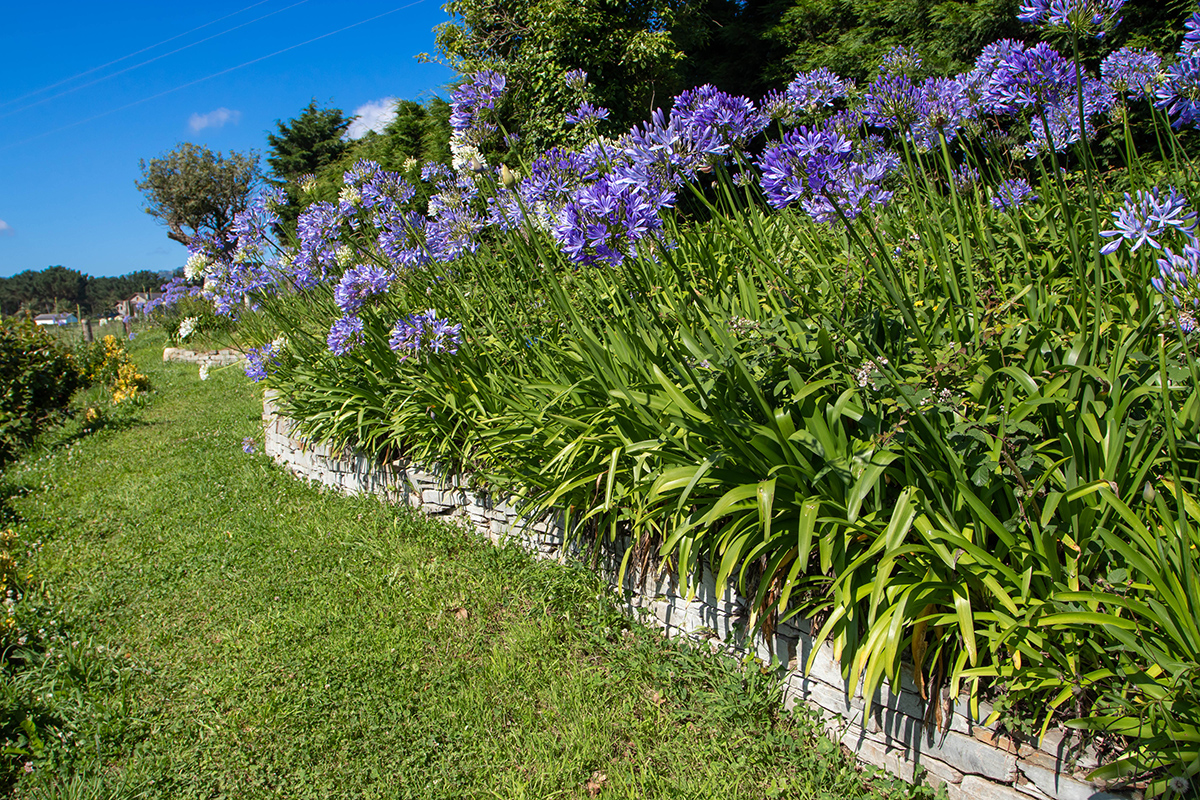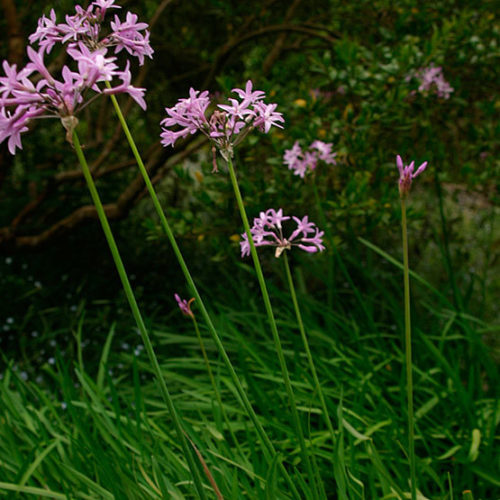Agapanthus Friend Plant Kingdoms: Perfect Pairings for Your Garden
Agapanthus Friend Plant Kingdoms: Perfect Pairings for Your Garden
Blog Article
Letting Loose the Secret to Successful Agapanthus Farming: Advice for a Flourishing Garden
In the world of gardening, cultivating agapanthus successfully requires a calculated method that encompasses different elements of plant treatment. By comprehending the subtleties of agapanthus cultivation, one can develop an atmosphere where these plants grow and bloom generously.
Growing Agapanthus: Ideal Practices
When planting Agapanthus, proper soil preparation is crucial for ensuring successful growth and advancement of these stunning flowers. Agapanthus, frequently called Lily of the Nile or African lily, thrives in well-draining soil with a slightly acidic to neutral pH level - Agapanthus. Before growing, it is critical to change heavy clay soils with raw material such as garden compost or peat moss to boost water drainage and provide essential nutrients for the plants
To grow Agapanthus, pick a location that gets full sunshine to partial color, as this will promote healthy growth and abundant flowering. Dig a hole twice the size of the plant's origin sphere and position the Agapanthus at the exact same depth it was previously growing. Carefully backfill the opening with soil, pushing down firmly to remove any type of air pockets around the origins.
Water the newly grown Agapanthus extensively and proceed to maintain the soil uniformly damp, particularly throughout the plant's energetic expanding period. Agapanthus. Applying a balanced fertilizer once a month can better support the plant's growth and blooming. By adhering to these finest techniques for growing Agapanthus, you can create a magnificent screen of these exciting flowers in your garden
Perfect Dirt Issues for Agapanthus
For optimum growth and flowering success of Agapanthus plants, guaranteeing the dirt problems are ideal is crucial. Agapanthus prospers in well-draining dirt with a somewhat acidic to neutral pH degree varying from 6.0 to 7.0. This kind of soil enables ample water drain, avoiding waterlogging which can result in root rot. To boost soil drain, take into consideration including raw material such as compost or peat moss when preparing the planting website. Furthermore, Agapanthus likes soil that is abundant in nutrients, so including a balanced plant food throughout the growing period can advertise healthy and balanced development and vivid blooms.

Watering and Fertilizing Tips
To make certain healthy development and dynamic flowers, appropriate watering and fertilizing techniques are essential for effective Agapanthus growing. Agapanthus plants benefit from normal watering, especially throughout the expanding season.
When it concerns feeding Agapanthus, a balanced plant useful site food with equivalent parts nitrogen, phosphorus, and potassium can be used in the springtime to promote healthy and balanced growth and blooming. Slow-release plant foods are perfect for providing nutrients slowly over an extensive period. Prevent over-fertilizing, as this can bring about extreme vegetation development at the expense of blossoms.
Furthermore, including raw material like garden compost into the soil can improve nutrient levels and boost dirt framework, helping in the general health and wellness of the Agapanthus plants. By following these watering and feeding pointers, garden enthusiasts can guarantee their Agapanthus plants prosper and create sensational display screens of blossoms.
Pruning and Deadheading Strategies
Correct pruning and deadheading strategies play a vital role in keeping the wellness and looks of Agapanthus plants, matching the important practices of watering and feeding for effective growing. Trimming Agapanthus involves eliminating invested flower heads, yellowing or dead leaves, and general shaping of the plant to advertise far better development. Deadheading, the procedure of getting rid of discolored blossoms, not only enhances the plant's appearance however likewise motivates more growing.
When deadheading Agapanthus, it is suggested to snip off the flower stem at the base using sharp, clean shears. This procedure reroutes you could look here the plant's energy from seed manufacturing back right into root and foliage growth, promoting a healthier and extra durable plant. Normal deadheading can extend the growing period of Agapanthus and prevent self-seeding, which can result in congestion.
In regards to trimming, Agapanthus typically take advantage of a light trim after blooming to clean up the plant and motivate fresh growth. Reducing the invested blossom stems and getting rid of any type of dead or broken foliage helps maintain the plant's vigor and overall look. Nonetheless, it is necessary to avoid cutting into the crown of the plant, as this can deteriorate its health and wellness.

Protecting Agapanthus From Vermins and Diseases
Implementing reliable parasite and disease management methods is important to securing the health and vigor of Agapanthus plants in growing. Agapanthus are normally durable plants, but they can still come down with numerous bugs and diseases if not effectively taken care of. One usual insect that impacts Agapanthus is the Agapanthus borer, a caterpillar that tunnels right into the plant, causing damages to the blossoms and fallen leaves. To avoid invasions, routine assessment of the plants is crucial. If borers are spotted, they can be manually eliminated, or insecticidal soap can be made use of as a control action.
In addition to pests, Agapanthus are vulnerable to conditions such as origin rot and fungal leaf areas. By remaining alert and dealing with bug and condition problems quickly, gardeners can help their Agapanthus grow and thrive.

Conclusion
Finally, successful growing of agapanthus requires appropriate planting strategies, excellent soil problems, ample watering and fertilizing, regular trimming and deadheading, and protection from parasites and conditions. By following these techniques and tips, gardeners can make sure a flourishing yard full of attractive agapanthus flowers. Agapanthus. Remember to maintain regular treatment and focus to information try this website to promote the health and long life of these spectacular plants
When planting Agapanthus, correct dirt prep work is essential for guaranteeing effective development and advancement of these stunning blossoms.Water the newly grown Agapanthus thoroughly and proceed to keep the dirt uniformly damp, particularly throughout the plant's active expanding season.For optimal growth and growing success of Agapanthus plants, guaranteeing the soil problems are suitable is vital. When growing or hair transplanting Agapanthus, guarantee the soil is well-prepared to give the essential foundation for the plants to develop themselves efficiently. One common parasite that influences Agapanthus is the Agapanthus borer, a caterpillar that passages into the plant, causing damage to the flowers and fallen leaves.
Report this page